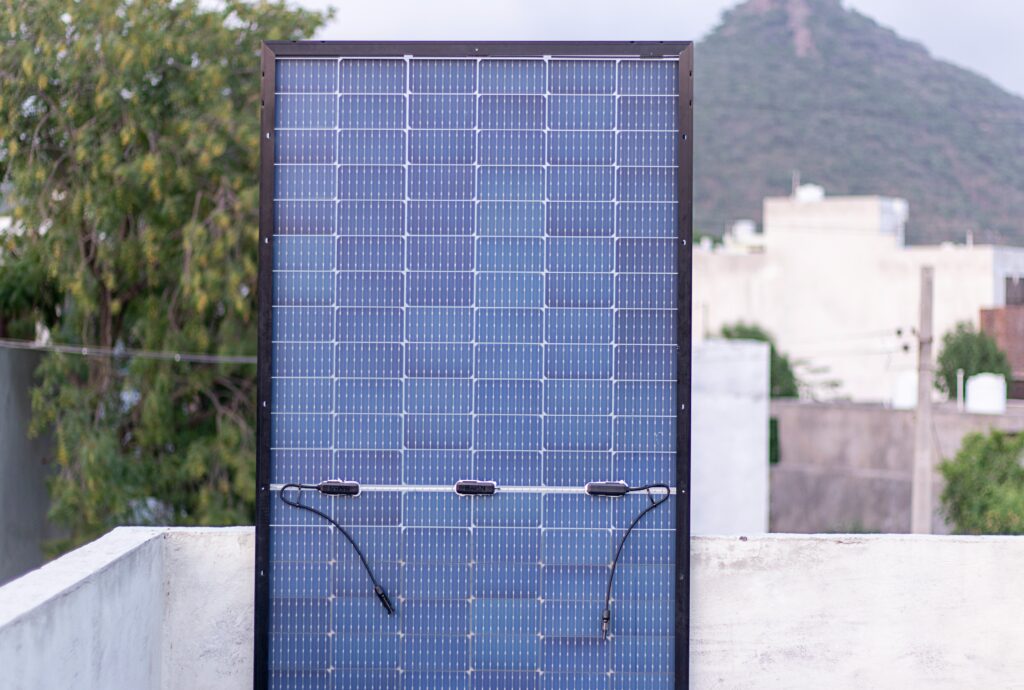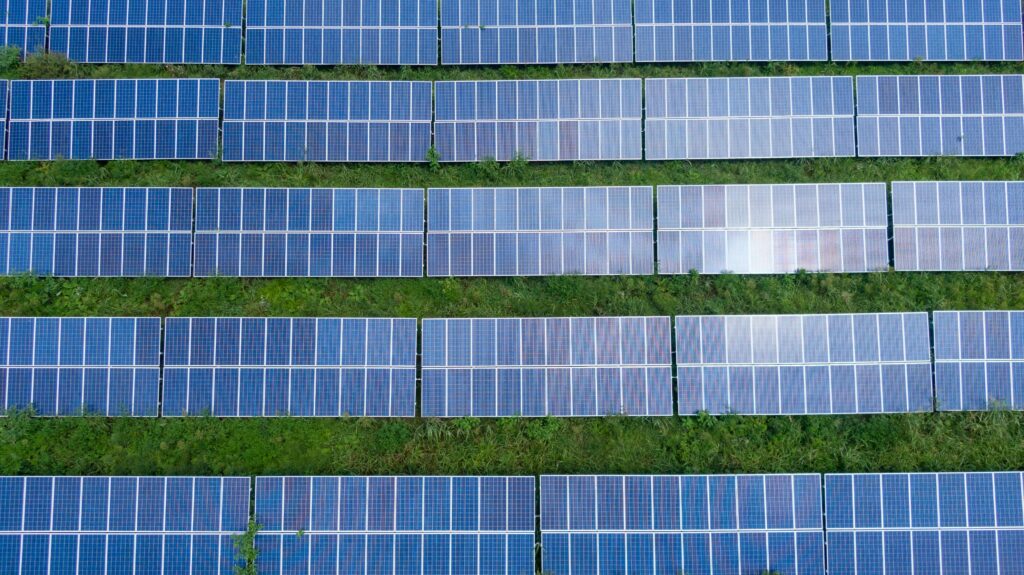India’s Solar Mission Reaches a Turning Point
India’s solar mission is transforming the nation’s energy landscape, unlocking new opportunities for growth, innovation, and sustainable development.
The Jawaharlal Nehru National Solar Mission (JNNSM) has been one of the most ambitious clean energy initiatives globally. Launched in 2010 with a modest target of 20 GW of solar capacity by 2022, the mission was drastically scaled up in 2015 to aim for 100 GW, signaling not just a technological shift, but a reimagining of India’s energy future. Fifteen years later, the mission is delivering both promise and pressure, standing at the intersection of energy security, climate responsibility, and developmental equity.

As of March 2025, India’s total renewable energy capacity has reached 220.1 GW, with solar alone contributing 105.6 GW, nearly 48% of the renewable mix. Another 143.8 GW is in the pipeline, indicating strong momentum. This extraordinary progress positions India as a global leader in solar deployment, backed by competitive tariffs, strong policy signals, and a growing appetite for energy security.
These efforts are reflected in India’s recent rise to 99th place in the 2025 Sustainable Development Report, up from 109th the previous year. The report notes significant gains in clean energy adoption, poverty reduction, and health outcomes. Solar energy has played a central role in driving this progress, not only by cutting emissions, but also by improving energy access, reducing rural dependency on diesel generators, and powering thousands of health clinics, schools, and livelihoods across the country. Yet, the solar journey is far from complete.
As of March 2025, India’s total renewable energy capacity has reached 220.1 GW, with solar alone contributing 105.6 GW, nearly 48% of the renewable mix.
India’s large-scale solar parks have flourished, particularly in states like Rajasthan, Gujarat, and Madhya Pradesh. But rooftop solar, which was intended to make up 40% of the 100 GW solar target, continues to lag, hindered by discom resistance, lack of financing options, and unclear net metering regulations. Without reform in the distribution sector, decentralised solar cannot fulfil its promise of democratised, consumer-led energy generation.
Another major challenge is domestic manufacturing. Despite policy support through the Production Linked Incentive (PLI) scheme and basic customs duties on imports, India remains heavily dependent on imported solar modules – primarily from China. This creates strategic vulnerabilities, especially as global supply chains become more fragmented and competitive.
Moreover, integration into the grid is becoming a bottleneck. As solar and wind increase their share of installed capacity, managing intermittency, ensuring a round-the-clock power supply, and investing in battery storage and flexible transmission infrastructure will become crucial. Without these, the mismatch between capacity and actual generation will persist, undermining India’s energy transition.

India’s solar mission has never been only about technology, it is about transformation. Its success lies not just in gigawatts installed, but in how equitably the benefits are shared, how sustainably the systems are built, and how effectively clean energy supports economic development.
To truly power a just and resilient future, the next phase of India’s solar story must go beyond capacity additions. It must integrate innovation, empower consumers, strengthen domestic value chains, and reform institutions to achieve these goals. If India can accomplish that, the National Solar Mission will not just be a milestone in its energy journey; it will be a model for sustainable development globally.
